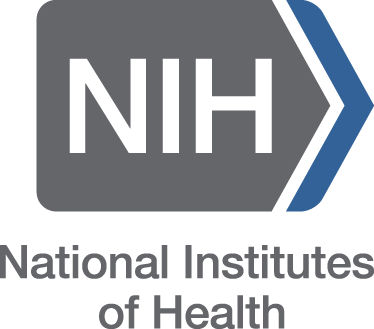Patterns and Predictors of Poisoning in Central India: A Retrospective Study from a Tertiary Care Hospital
DOI:
https://doi.org/10.63001/tbs.2024.v19.i02.S.I(1).pp915-917Keywords:
Poisoning, Pesticides, Suicide, Toxicology, India, Mu lticenter Study, Public HealthAbstract
Background: Poisoning remains a major public health concern in India, contributing significantly to morbidity and mortality. The etiology of poisoning varies based on demographic, socioeconomic, and regional factors. This study aims to analyze the patterns, severity, and predictors of poisoning cases in a multicenter setting in Central India. Methods: A retrospective observational study was conducted in a tertiary care hospital in a city in Central India. Hospital records of 250 poisoning cases were analyzed for demographic details, type of poison, mode and route of exposure, clinical presentation, and outcomes. Statistical analysis was performed to identify significant predictors of severe poisoning and mortality. Results: Demographics: Most cases were in adults (18–60 years, 70%), with a male predominance (60%) and higher prevalence in lower socioeconomic groups (55%). Poisoning Agents: Pesticides (40%) were the most common toxic agents, followed by pharmaceuticals (25%) and household chemicals (15%). Mode & Route: Suicidal poisoning (55%) was the predominant mode, and oral ingestion (80%) was the most common route of exposure. Clinical Outcomes: 30% of cases required ICU admission, 8% needed ventilatory support, and 5% resulted in fatality. Predictors of Severity & Mortality: Suicidal intent (p<0.001), pesticide poisoning (p<0.01), and delayed hospital arrival (>6 hours, p<0.01) were significantly associated with severe poisoning and poor outcomes. Conclusion: This study highlights the burden of suicidal and pesticide-related poisoning in India, emphasizing the need for mental health interventions, stricter pesticide regulations, and improved public awareness regarding early hospital presentation. Strengthening preventive strategies and enhancing toxicological care can significantly reduce poisoning-related morbidity and mortality.






























